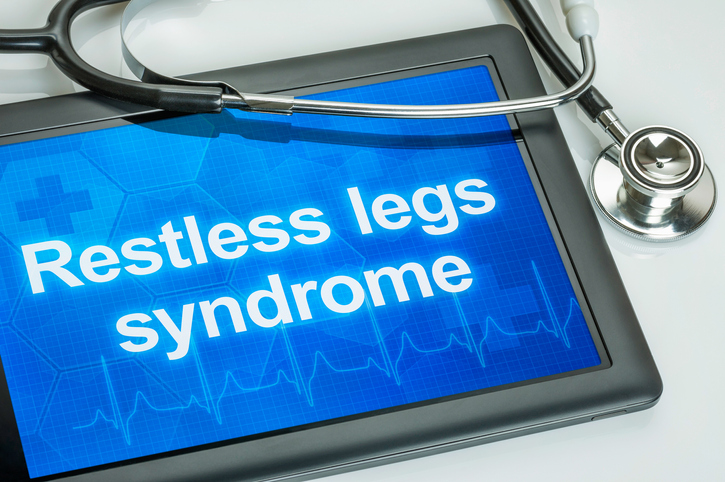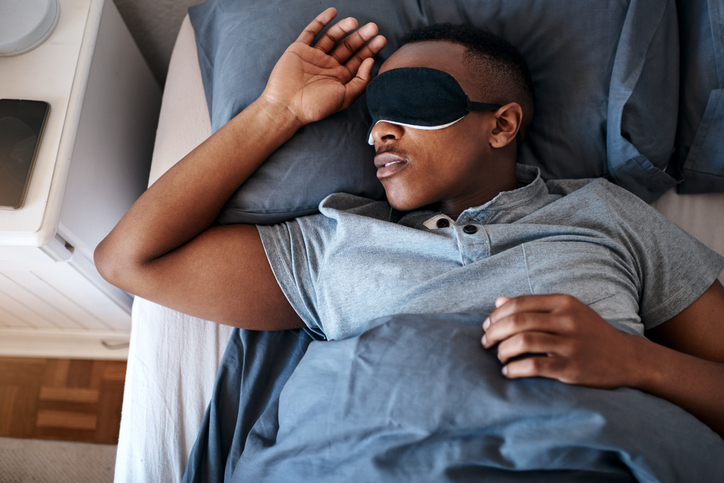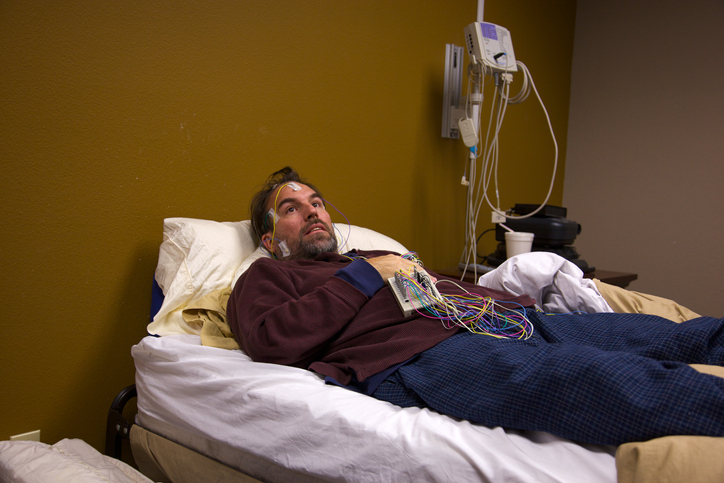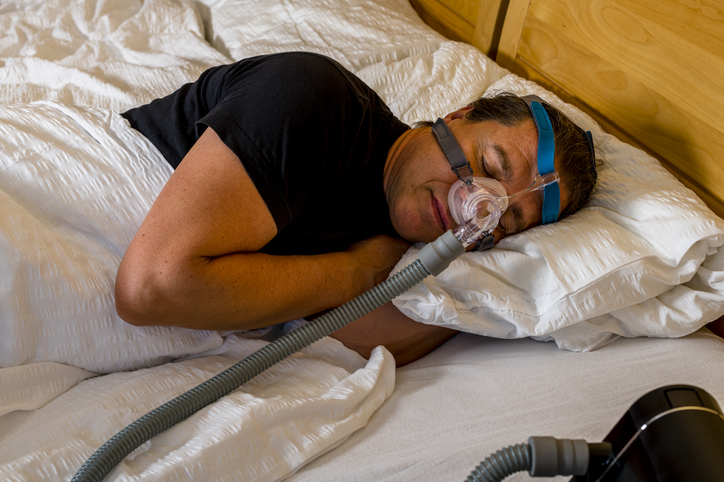Living with Chronic Pain
What Is Restless Legs Syndrome (RLS)?

Restless legs syndrome, or RLS, is a neurological disorder that causes an uncontrollable urge to move the legs. It is also known as restless legs syndrome/Willis-Ekbom disease (RLS/WED). Restless legs syndrome causes irrepressible jerking or twitching of the legs during sleep, resulting in sleep deprivation; therefore, RLS is also considered a sleep disorder.
Restless legs syndrome can occur at any age and affects an estimated 10 percent of Americans. Approximately 80 percent of those with RLS also have periodic limb movement of sleep (PLMS), which causes uncontrollable twitching and kicking during sleep. Although there is no cure for RLS, medications can ease symptoms.
What are the symptoms of RLS?
Symptoms of restless legs syndrome range from mild to severe and often come and go. RLS symptoms typically intensify during the evening or nighttime hours. If the symptoms of RLS are severe, quality of life can be considerably affected due to sleep disruption. RLS symptoms typically worsen with age.
The main symptom of restless legs syndrome is the irresistible urge to move the legs due to uncomfortable sensations that are often described as crawling, pulling, throbbing, aching, numbing, tingling, itching, creeping or electric. RLS sensations typically occur in the legs; however, the arms may also be affected. These sensations increase during periods of rest.
Restless legs syndrome can cause difficulty falling and staying asleep. Fatigue and daytime sleepiness often occur. Sleep disturbances increase the risk for other health conditions, including depression.
Movement can temporarily ease the unpleasant sensations that occur with RLS. Stretching, juggling, pacing or walking tends to ease symptoms.
Who is at risk for RLS?
Although restless legs syndrome can affect either sex at any age, certain factors increase the risk of RLS:
- Women are twice as likely as men to develop RLS.
- RLS is more common in middle age.
- RLS can be hereditary.
- Pregnant women are at increased risk of RLS in their last trimester; however, it typically resolves after delivery.
- Individuals with a chronic disease diagnosis, such as peripheral neuropathy, diabetes, iron deficiency, spinal cord conditions, kidney failure or other chronic conditions, are at greater risk of developing RLS.
- Certain medications, such as antiemetics, antipsychotics, antidepressants or antihistamines, may trigger RLS.
- RLS is most common in people of Northern European descent.


















